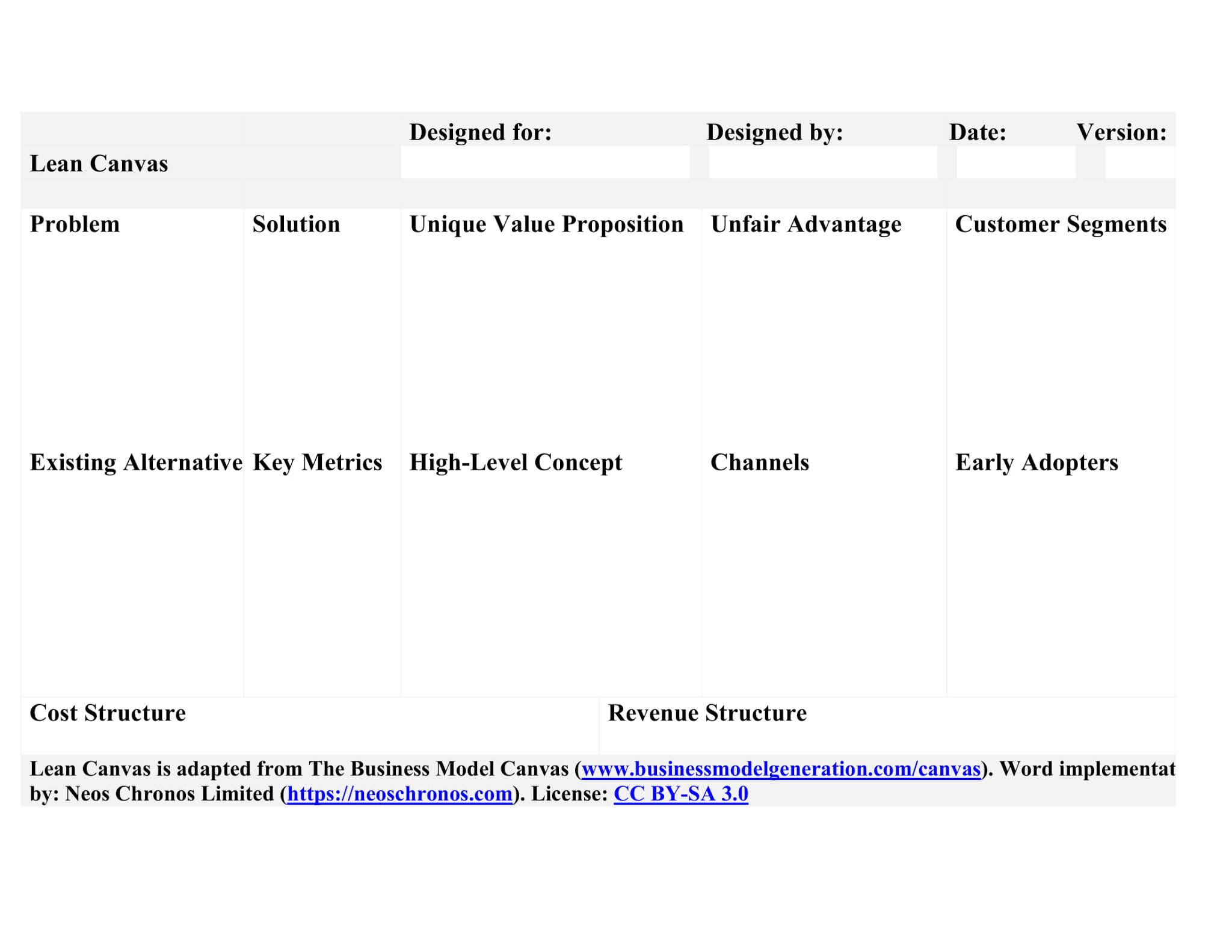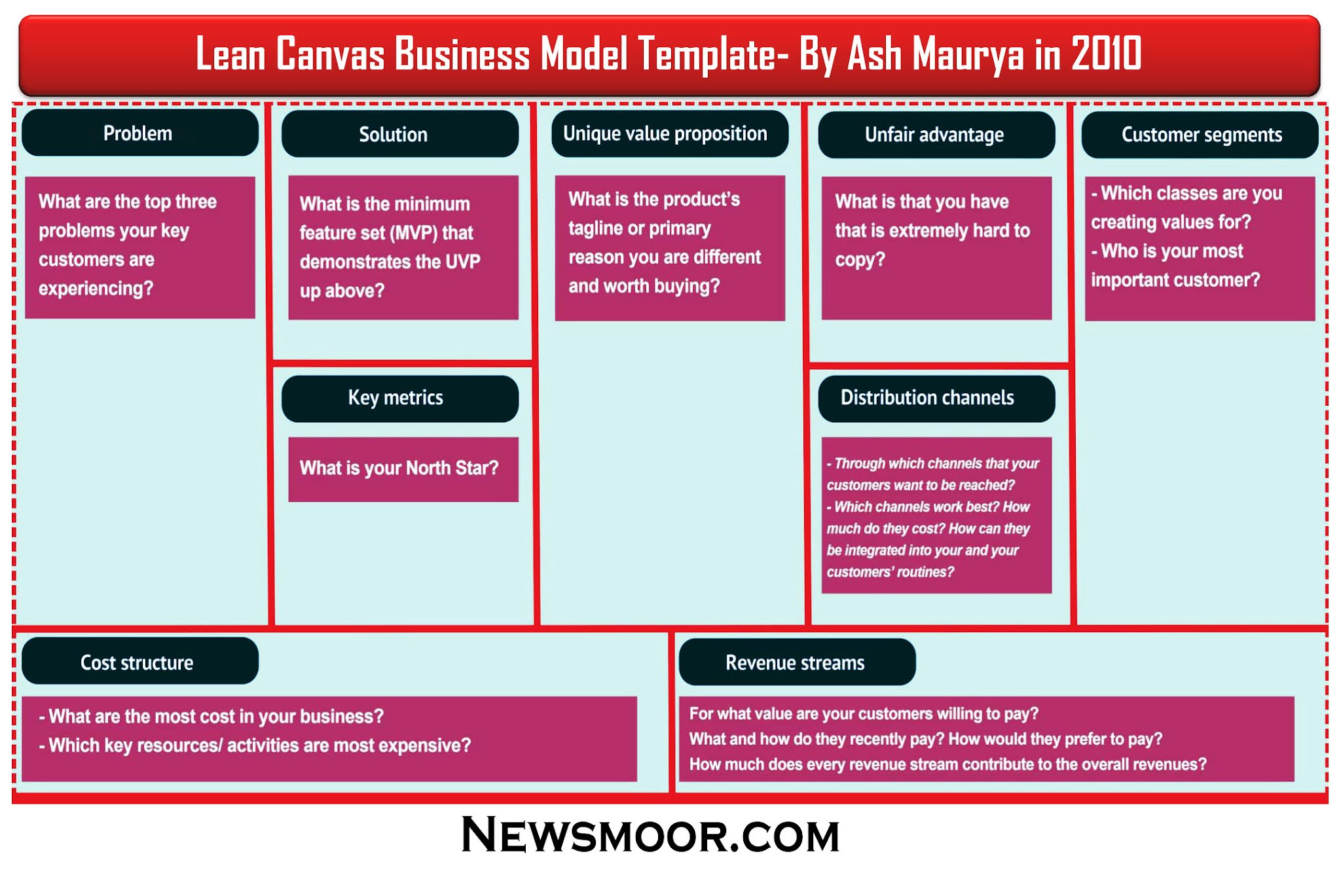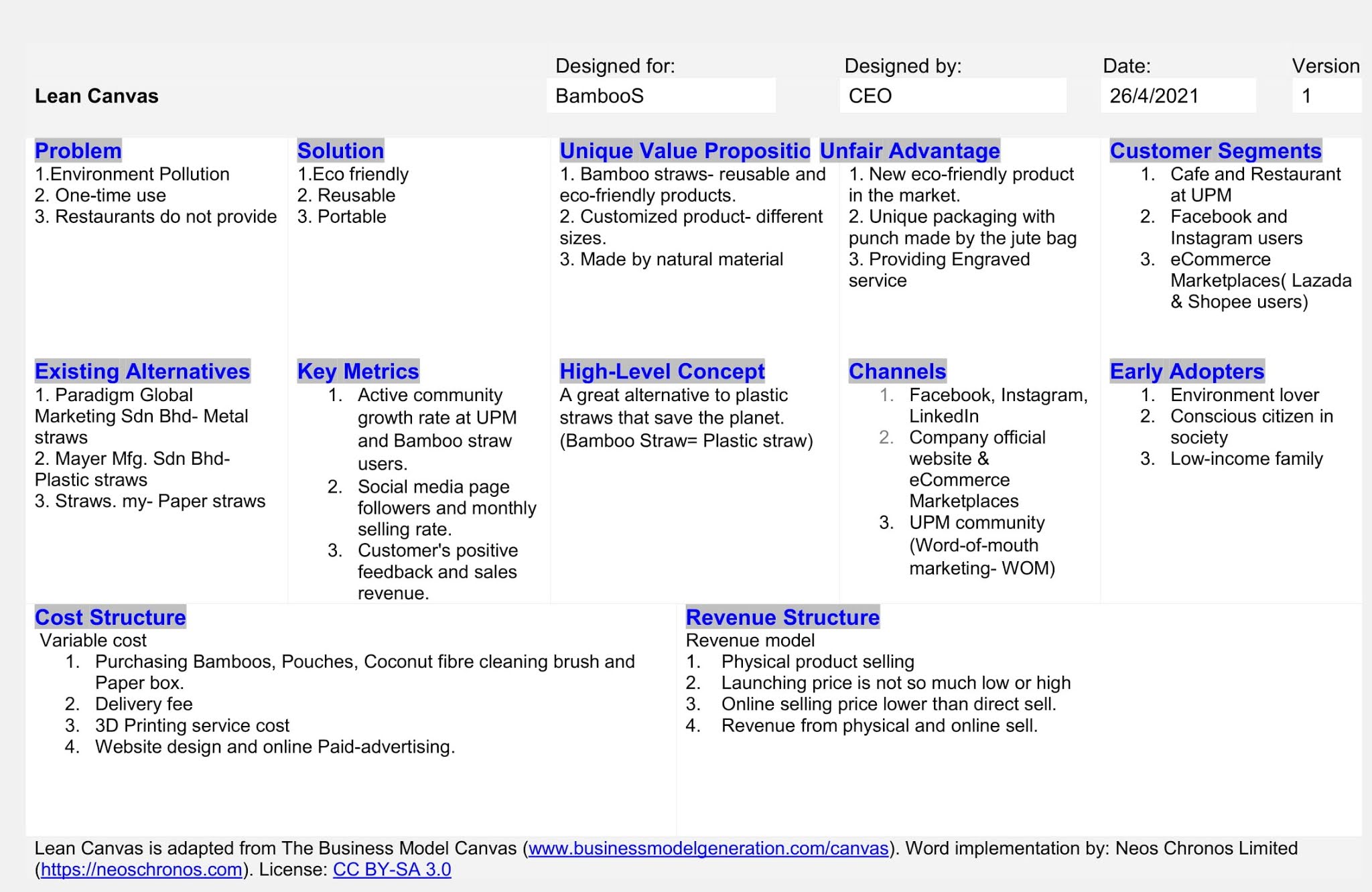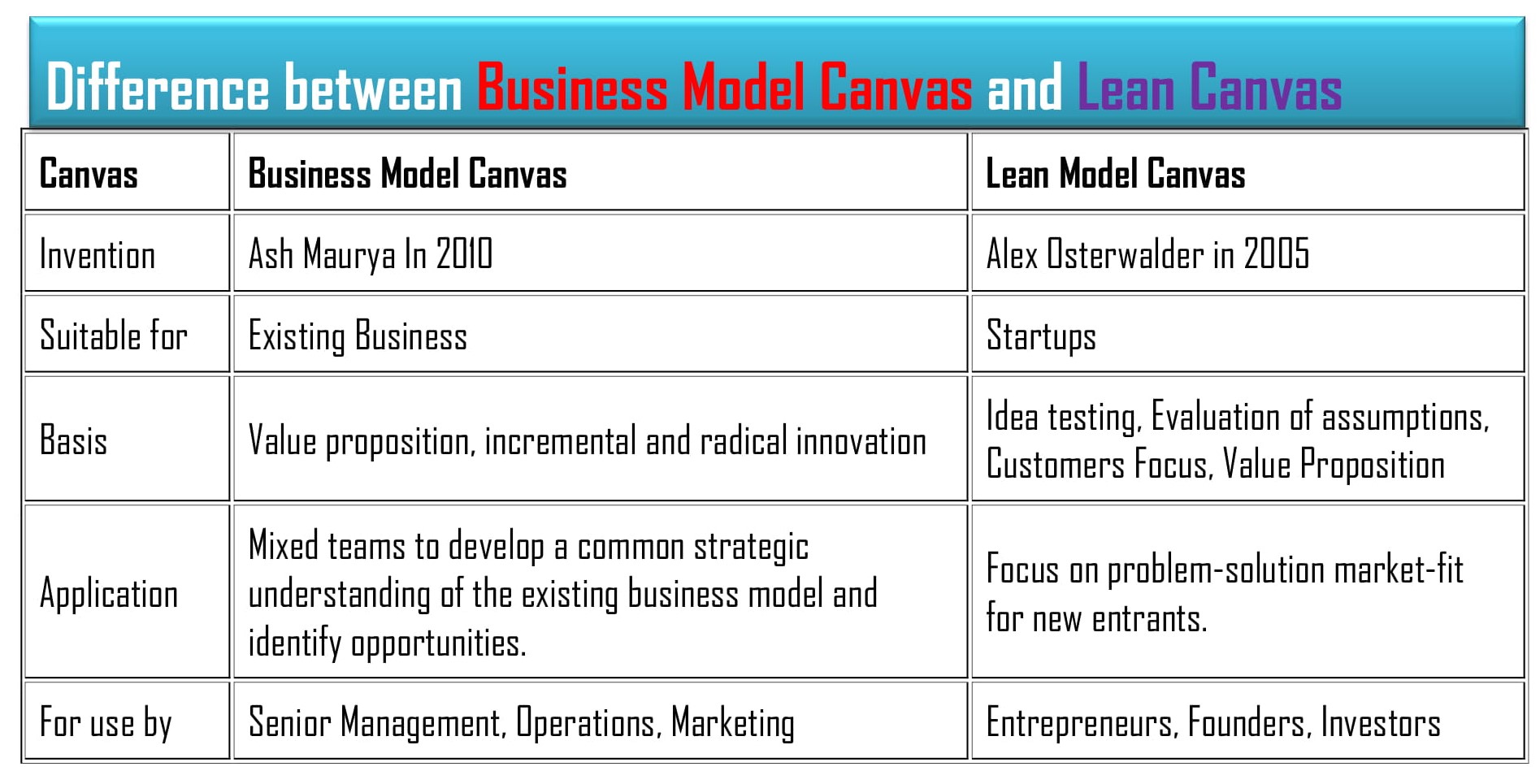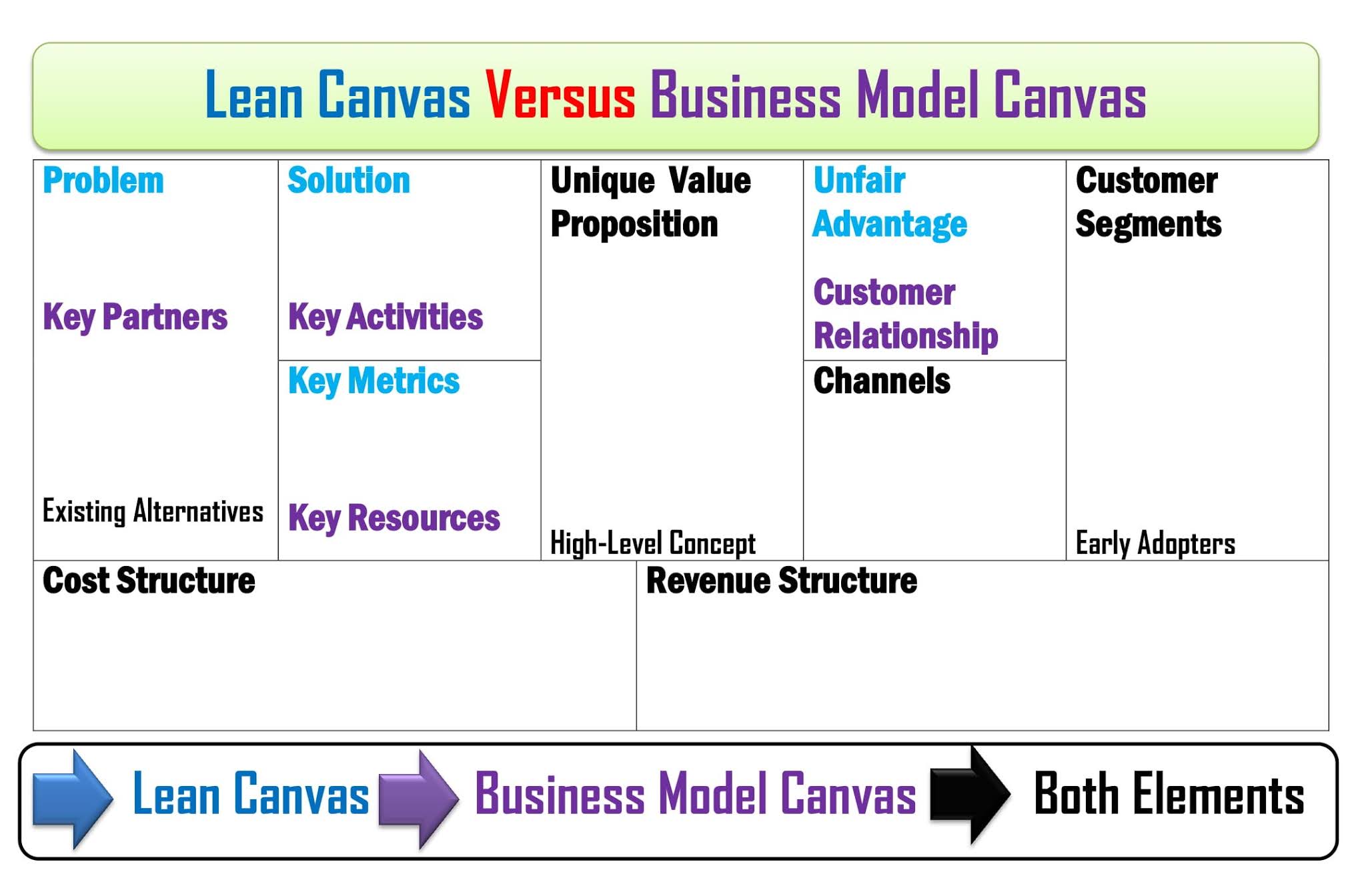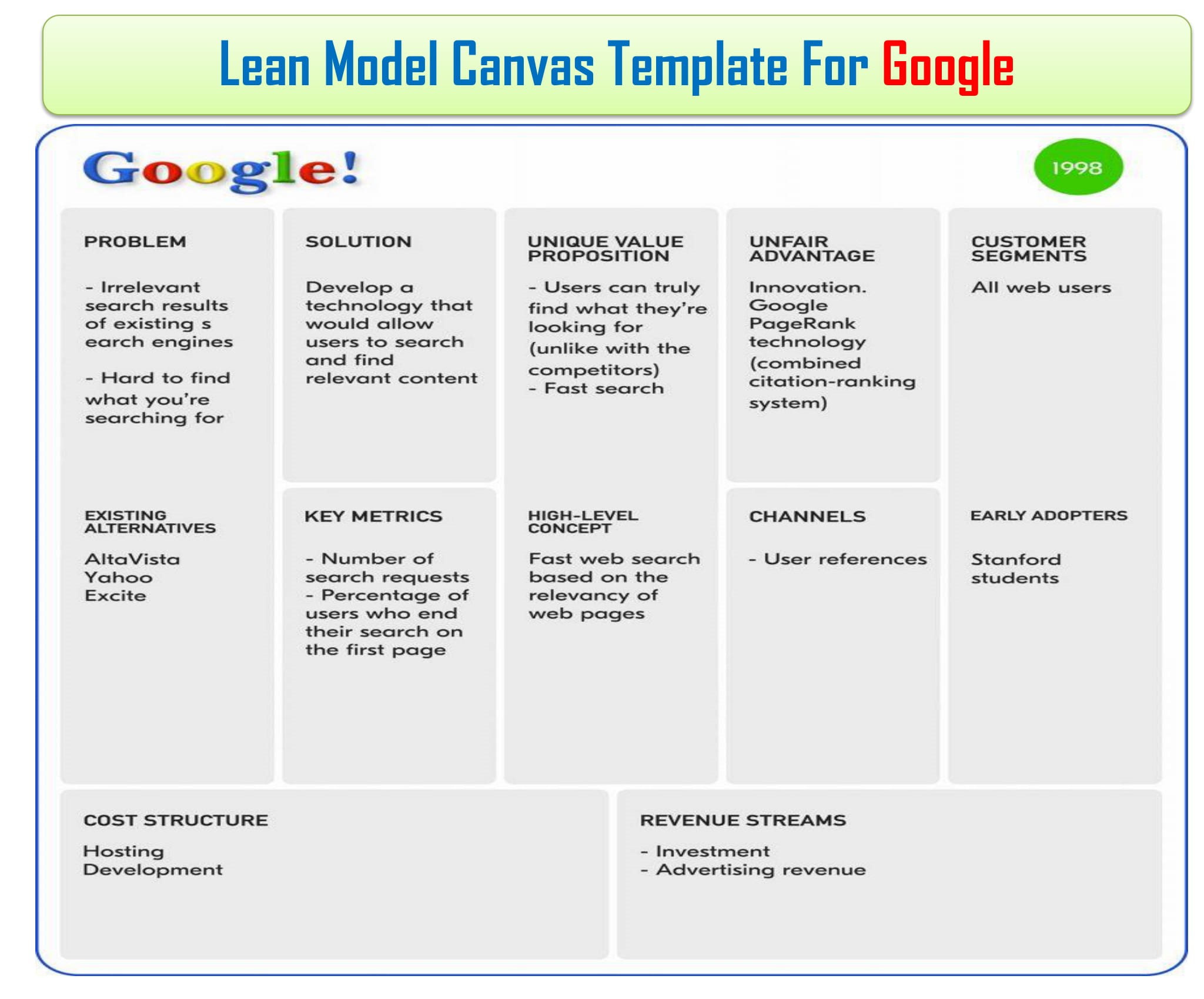Self-Introduction Sample for Job Interview PDF. This article explains the Self-Introduction Sample for Job Interview Freshers and Experienced. It also represents the Interview Introduction Example.
Self-Introduction For an Interview
Self-Introduction for an interview means describing yourself in the viva and job interview session when the interviewer asks you to introduce yourself. It is crucial to attract the interview board member with an attractive introduction. A proverb says, “A Smile is the best way to introduce yourself.” So, the applicants should smile while introducing themselves. Usually, they will ask you, “Tell me about yourself” or “Tell us about yourself.” Self-introduction is a crucial part of attracting interviewers, followed by attaching a well-designed resume, wearing formal dress, and arriving at the interview location on time. The applicants introduce themselves verbally in the interview session and in written documents by writing a good email cover letter.
Self-Introduction For a Job Interview
Self-introduction for a job interview means introducing yourself precisely to inform the hiring authority. The applicant greets and explains their full name, location, educational background, goal, hobby, passion or interest, strengths, experience, etcetera. Apart from that, the interviewee greets the interviewers with thanks before starting the introduction speech. It will be best if the applicant takes a deep breath before beginning a self-introduction speech.
Self-introduction for a job interview differs from self-introduction for the viva and presentation. Sometimes, the lecturer asks students to write a self-introduction essay paragraph. Therefore, applicants apply different types of self-introduction formats to introduce themselves in diverse contexts.
The most common five contexts of self-introduction speech are job interviews, presentations, paragraph-writing, social networking, and college and university classes.
For example, applicants add their previous job experience in the self-introduction for job interviews. On the other hand, students mention only their previous educational experiences in the viva presentation.

Self-Introduction Elements
(The Applicant Should Maintain the Following Verbal & Nonverbal Communication)
Smile
The applicant should smile before starting the conversation, but should not laugh. It represents confidence, positive mentality, and approachability, which can significantly improve your chances of getting hired.
Greetings
Hello, Good Morning, Good Afternoon, Good Evening, and Good Day.
Applicant Name
This is, or My name is (name). (Please mention your nickname or alternative name if you have one. For example, most Chinese people have Chinese and English names.
Residence
I have been living in Kuala Lumpur and grew up with my nuclear family. You may explain your family background if relevant to your discussion and position. (Applicants should mention their nationality if they are not local people. For example, I am from Sweden, but now I live in Kuala Lumpur, Malaysia.
Educational Background
I am studying or have completed my graduation or Master’s degree at the University of Putra Malaysia. The applicant should mention their major while explaining their educational Background. For example, I have completed a Bachelor of Communication degree in Journalism at UPM.
Academic Achievement
I managed to nominate dean’s list students for five consecutive semesters and finally achieved the vice chancellor’s award. In the meantime, I published my content in Scopus-indexed journals.
Goal
My utmost goal is to become an effective employee in a reputed organization. For example, I want to work as a creative content writer, marketing executive, or graphic designer. However, students might mention internship positions if they are looking for them. For example, I am seeking a full-time content writing job to practically actualize my theoretical knowledge. (The goal should be relevant to your Educational degree and strengths.)
Hobby, Passion, or Interest
I am a freelance writer, and I like to generate creative content and share it on social media platforms when I have leisure. I want to work as a content writer at a renowned company/industry like yours.
Skills and Strengths
I have many skills to contribute to this position, including academic and creative content writing skills. I have published some feature content in newspapers and some publications in journals.
Applicants must include relevant strengths; for example, the interviewee should explain Information Technology (IT)-related skills when interviewing to join as an IT expert.
In contrast, the interviewees must demonstrate their communication and management-related skills while interviewing to join as marketing and human resource managers.
Experiences
Experiences are essential tools to attract interviewers to be appointed for the position. So, the applicants must include work experience. Previously, I worked at an employer named. The author advises applicants to follow the STAR interview questions and answer examples to explain their previous experiences. STAR is the acronym for situation, task, action, and results. S for the situation, T for the task, A for actions, and R for the results of your actions. For example, I have worked at Netflix organization as a digital marketing executive since 2018, and I used to write creative content to promote products on social media. I managed to increase revenue by publishing promotional content on Facebook and Instagram.
Similar to strengths, applicants need to explain the relevant experience for the position they intend to join. There is a possibility of being disqualified if the applicants mention irrelevant experience.
Finally, the applicants should thank the interviewer for allowing them to introduce themselves. The applicants need to follow social etiquette in job interviews thoroughly.
Self-Introduction Sample For a Job Interview Example
The authors have studied and presented a few self-introduction samples for a job interview for experienced candidates, students, and fresher job seekers. These self-introduction samples have been generated to introduce people from different countries globally. It will surely assist the fresher and more experienced applicants in introducing themselves. Moreover, we demonstrate a self-introduction example collected from ChatGPT.
Self-introduction Editable Example in Word
“Good day/morning/afternoon/evening. This is [Your Name], and I am delighted to be here today for the opportunity to interview for the [Job Title] position. I have recently completed my graduation/postgraduation from [University/College Name] with a degree in [Your Degree]. I am thrilled to actualize my theoretical and practical skills and knowledge in a professional environment.
During my time at university, I actively participated in [relevant extracurricular activities or projects], which allowed me to develop valuable skills in [mention relevant skills such as communication, teamwork, problem-solving, etc.]. Additionally, I completed internships at [mention any relevant internships or work experiences] where I gained hands-on experience in [mention specific tasks or responsibilities relevant to the job you’re applying for].
I’m particularly passionate about [mention a specific area or aspect of the job or industry you’re interested in], and I’m excited about the opportunity to contribute to [Company Name] and grow both personally and professionally. I’m a quick learner, adaptable, and eager to take on new challenges.
Outside of work and academics, I enjoy [mention any hobbies, interests, or personal achievements that showcase your well-roundedness and personality].
I’m looking forward to discussing how my skills and experiences align with the needs of [Company Name] and how I can contribute to the team’s success. Thank you for considering my application, and I’m excited about the possibility of joining your team.”
Please do not forget to edit and customize your self-introduction depending on your academic background and the job you want to apply for. You should practice several times before joining the interview session with confidence. Remember the key points you want to highlight during the interview session to show potential. Best Wishes and Good luck!
Self-Introduction Samples For Job Interviews
Self-Introduction Sample For Job Interview-1
Smile and be confident while introducing yourself
Good morning, and thank you for allowing me to participate in the job interview. My name is Kirill Karbout, and I grew up in a nuclear family in Kalamazoo near the Kalamazoo River in Michigan, United States.
I have completed my bachelor’s degree in computer science, majoring in software design at Western Michigan University. I aim to work as a full-time software designer at a renowned company. However, my hobby of participating in social welfare campaigns has been evident in my engagement in the Western Michigan University welfare academy.
My theoretical and practical experiences taught me to design software and applications creatively. Consistently, I look for sophistication in my work. I have achieved distinguished marks for my final year project that I presented to my supervisor. Additionally, I obtained many certificates of appreciation for designing innovative software for commercial sectors.
Previously, I worked at (Company name) as a software engineer, and I used to develop their existing software for selling products. I added some new features to attract customers, and it was fruitful. I gained the best employee award for outstanding achievement. Now I am seeking a position to show expertise and actualize my experiences. Finally, thank you again, Sir, for letting me introduce myself.
Self-introduction Sample for Job Interview-2
Good morning, and thank you, Sir, for allowing me to join this job interview. This is Alexandra Hill, and I am from a nuclear family in Toronto, Canada. I have completed my Bachelor of Information and Master of Information at the University of Toronto. Since childhood, I have been extremely excited to become an information technology consultant. Recently, I have worked on multiple projects relevant to information and communication technology. So, I have both academic and practical knowledge in this discipline. New technology has changed our lifestyle, especially communication systems. Therefore, I have obtained knowledge of a social media-based communication system that controls corporate reputation. If you ask me to describe myself in three words; so, I would be a creative, hard worker, and tech-savvy person.
I believe my communication skills in social media and new technology will benefit your company in developing a communication system. Per your job details, you are seeking a public relations officer who can effectively regulate communication. Eventually, thank you again, Sir, for letting me introduce myself.
Self-introduction Example for Job Interview-3
Firstly, I would like to thank you, Sir, for allowing me to participate in the job interview and describe myself in front of you. I am Julia Barretto, but you can address me as Julia. My father died in my childhood; I am the only child of my parent. Therefore, I grew up in Manila, the Philippines, with my single mother. I have completed my secondary education at Manila High School with outstanding results.
In addition, I have completed a bachelor’s degree in corporate communication at the University of the Philippines Manila. Recently, I obtained a postgraduate degree at UP Manila.
Since my childhood, I have worked in a group and managed the group successfully. My hobby is communicating with people diplomatically. My strength is that I am capable of making quick decisions. I can speak Tagalog, English, and Chinese. If you ask me to describe myself in three words, I would like to be an effective communicator, an ICT manager, and a suitable presenter. Although I do not have long-term working experience, I have worked at All Youth Channels, Inc. (AYC) to complete my industrial training. Now, I am trying to join an organization to utilize my potential. Finally, thank you again, Sir, for listening to the self-introduction words.
Self-introduction Sample for Job Interview-4
Firstly, I would like to thank you, Sir, for allowing me to attend this job interview. My name is Shakira Natasha, and I am 22 years old. I grew up with my fabulous family members in Selangor, Malaysia. Recently, I completed my Bachelor of Arts in International Relations at the University of Malaya. I managed to secure my position on the dean’s list of students for three consecutive semesters. If I had to describe myself in three words; so, I would be creative, a fast learner, and versatile.
My passion is to involve myself in public relations. Already, I have been engaged in many volunteer programs, including sports programs, communication and multimedia events, and many more. Even though I am in my early twenties, I have had a few working experiences that helped me explore my passion. In 2018, I worked at an international organization as an internship trainee for three months. I have also worked as a part-time event coordinator and social media admin for a few local and international events.
Through my practical experiences, I am prepared mentally and physically to work for any organization as a public relations manager. I feel comfortable doing group tasks. Previously, I completed a few group tasks effectively as a group leader. Hopefully, I can show my expertise when getting professional duties. Finally, again, Sir, thank you for listening self-introduction with patience and giving me your valuable time.
Self-introduction Sample for Job Interview-5
Firstly, I would like to thank you, Sir, for permitting me to join the crucial job interview session and describe myself in front of you. My name is Daniel Wu. I grew up with my nuclear family at Pok Fu Lam in Hong Kong. In my family, there are two siblings and our parents. My father is a businessman, and my mother is a government service holder. I have completed my secondary education at Caritas Wu Cheng-Chung Secondary School with satisfactory results.
I graduated in Civil and Structural Engineering at the University of Hong Kong, and I’m still a post-graduation student with a Master of Science in Engineering (Building Services Engineering). From the first year of my graduation, I have dreamed of presenting myself as a Civil engineer. For that reason, I am here now.
My strengths are a positive attitude, quick and self-learner, friendliness, and confidence. On the other hand, my weakness is that I feel uncomfortable until I finish the work assigned to me. I am a fresher, and I expect I can enhance my skills through foundation training and prove it in the service. Thank you for listening self-introduction with patience and for giving me your valuable time.
Self-introduction Sample for Job Interview-6
Hello Sir, good morning. This is M M Kobiruzzaman, and I am from Bangladesh. I am 26 years old and live in Kuala Lumpur, Malaysia. I recently completed a Bachelor of Communication under the Modern Language and Communication faculty at the University Putra Malaysia, also known as UPM. UPM is one of Malaysia’s leading public universities. I have completed my secondary and higher school certificates in Bangladesh with excellent results. My hobby is reading books and visiting new places. I am a hard-working, creative, and ambitious person. And I can speak Bengali, English, Hindi, moderately Malay, and Chinese.
I have enough computer literacy skills, such as operating systems, Microsoft Office, social media, and SPSS. As for my curriculum activity, I was the mass media and communication director of the Bangladesh Student Association at U.P.M. Previously, I worked as the editorial assistant of the Pacific Asian Communication Association. I used to check the citations and proofread the papers. I am looking for a job working as a content writer. That is all from me. Finally, thank you for letting me join this job interview and listening to my self-introduction speech.
Self-introduction Sample for Job Interview-7
Hello Sir, my name is Rupendra, and I am from Chandigarh. I belong to a joint family in Chandigarh, where my parents, grandparents, and siblings live together. I recently completed my Bachelor of Business Administration at Chandigarh University, a leading private university in India. My vision is to become a Business Development Executive. However, my hobby is visiting new places to learn more by improving my social and communication skills.
Earlier, I completed my internship at (Company name) as a Business Development Executive, and I used to work to expand the business based on existing resources. I managed to increase sales revenue using social media platforms and applied my academic knowledge of social media campaigns in promoting products. Finally, it yielded outstanding revenue for the company. Now I seek a position to show expertise and actualize my previous experiences. Finally, I would like to thank you again for listening to my self-introduction speech.
Self-introduction Sample for Job Interview-8
Firstly, thank you, Sir, for inviting me to the job interview. I am Fiona, a native of Changping District, Beijing, China, and my father is a lecturer in Biology at the Beijing University of Agriculture.
I grew up in Changping with my family, and I am the only daughter of my parents. My mother’s name is a Radiologist specialist working at Boren Hospital. I have recently completed my graduation and post-graduation from the Beijing University of Agriculture in the Department of Botany.
Hence, I aim to become a biology lecturer at your institute (University/ College). I have five years of experience in the teaching profession, and now I am looking for a teaching job. That’s all about myself, Sir, and thank you again for listening to my self-introduction speech.
Self-introduction Sample for Job Interview-9
Firstly, I would like to thank you, Sir, for joining this Job interview session. This is Sharmin Akter, and my nickname is Ela. I hailed from Pabna, a north Bengal district in the Rajshahi division. I have completed my graduation and post-graduation from the Institute of Disaster Management and Vulnerability Studies at the University of Dhaka in Bangladesh. Before that, I passed SSC in 2014 from (School Name) under (Board Name) and passed HSC in 2016 from (College Name) under the same board. My hobby is reading books and listening to songs.
However, I want to work in the emergency and disaster management team. I’m working hard and soul to make my dream come true. I have participated in some campaigns relevant to crisis management during natural disasters in Bangladesh. According to the team leader, my performance was outstanding, especially in communication. Again, thank you, Sir, and thank you again for listening to my self-introduction speech. That’s all from me.
Self-introduction Sample for Job Interview For a Medical Doctor-10
Firstly, I would like to thank you, Sir, for allowing me to join the job interview and describe myself in front of you. This is Yohani Diloka De Silva, hailing from Colombo, the largest city in Sri Lanka. I grew up in a wonderful family with my parents and my only sister. My father is a retired army officer, and my mother is a flight attendant.
I have completed my secondary education at Visakha Vidyalaya. Since my childhood, I have cherished doing something to help people. Therefore, I got admitted to the Bachelor of Medicine and Bachelor of Surgery (MBBS) at Management & Science University in Malaysia. Finally, I have managed to complete my MBBS with excellent results. I want to attend a private medical college as a medical assistant. Therefore, I am here sitting in front of you. Thank you again, Sir, for listening to my self-introduction speech.
Self-introduction Sample for Job Interview-11 (Bangladesh)
My name is Nadiya Afroze. I live in Rampura Banasree, Dhaka. I completed my Bachelor’s degree in Sociology from East West University, where I achieved a CGPA of 3.11. Before that, I studied Business Studies at Rangamati Government Women’s College and completed my Secondary School from Rangamati Government Girls’ High School in the Arts group.
During my university life, I also worked as a Research Assistant in a project about Maternal Health and Care-Seeking Behavior of married women in Bangladesh. My thesis was on Child Marriage Prevalence and Determinants among Countries, which helped me improve my analytical and research skills.
Before, I was working as a Senior Executive at Satori Limited Retail, where I was involved in sales and product development. Before that, I worked at ShopUp (Mokam CPG) as an Executive in Sales System and Performance Management, and earlier at Lotus Timber and Traders in sales operations.
I am a detail-oriented and hardworking person who enjoys working in a challenging environment. My goal is to keep improving my professional and communication skills so that I can grow in my career and make a positive impact wherever I work.
My hobbies include traveling, watching movies, and teaching.
I have a strong decision-making ability, leadership, good communication, and the capacity to work well under pressure.
I am also proficient in MS Office, Excel, and PowerPoint.
Self-introduction Sample for Job Interview-12 (Maldives)
Dear Sir/Madam,
My name is Ahmed Viam Waseem, and I am from the Maldives. I am currently pursuing a Bachelor’s degree in Strategic Communication at Multimedia University (MMU), Malaysia, where I have developed a strong foundation in event planning, marketing, public relations, and communication strategy.
Throughout my academic and professional journey, I have consistently demonstrated excellence. I was recognized among the top-ten national achievers in the Maldives for both GCE O-Level and A-Level examinations- an achievement that reflects my discipline, consistency, and determination to excel.
Professionally, I have worked as a Senior Administrative Officer at Alchemy Associates LLC and as a Data Officer at Revive NGO. These experiences enhanced my leadership, coordination, and analytical abilities. I am proficient in Microsoft Office and Excel, and I combine my organizational strengths with creative proficiency in Canva and video editing to produce impactful campaigns and communication materials.
My education in Strategic Communication has strengthened my understanding of audience engagement, brand storytelling, and strategic messaging — essential elements of successful communication. I am fluent in English and Dhivehi and thrive in multicultural environments that encourage innovation and collaboration.
My career goal is to build a long-term career in Public Relations, with the ambition of working abroad to gain international experience and contribute to global communication strategies. I am eager to represent organizations that value authenticity, creativity, and cultural understanding.
I am confident that my blend of communication expertise, creative skill, and professional discipline will allow me to make a meaningful contribution to your organization. I would welcome the opportunity to bring my ideas, energy, and dedication to your team and grow within an international PR environment.
Sincerely, Ahmed Viam Waseem
Do’s and Don’ts During Self-Introduction
Dos in Self-Introduction For A Job Interview
Firstly, applicants should smile when introducing themselves, but not laugh. Additionally, they should mention the nickname or alternative name if they have one. Furthermore, applicants may submit their parents and family members if they are relevant to the position. For example, the applicant was interviewed for teaching, and their father was a teacher. In this regard, they might mention his father’s name and designation. However, the hobby, passion, and strength should be relevant to the position they are being interviewed.
Moreover, applicants should communicate with both verbal and nonverbal cues. For example, they must maintain body language, gestures, posture, eye contact, and facial expression. Finally, you have to be honest and authentic when disseminating information.
Don’ts in Self-Introduction For a Job Interview
Firstly, applicants should not discuss unnecessary issues like siblings’ relatives and political and religious interests. Additionally, they should avoid jargon and exaggerate their strengths and experiences. Furthermore, applicants should not mention that “I want this job or position.” Moreover, they should not talk negatively about their previous job and employers. Finally, interviewees must not describe CV information word by word.
